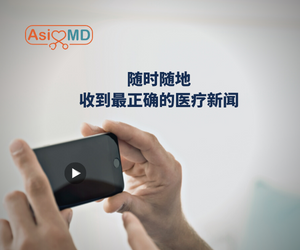

How to tell apart fake news from real news
How to tell apart fake news from real news
How to tell apart fake news from real news:
It is unlikely that disinformation would cease to exist one day. The New York Times reports that private firms are selling services to sow discord, meddle in elections, seed false narratives and push viral conspiracies, mostly on social media. And they offer a layer of deniability, which frees their clients to sow disinformation more aggressively than ever.
Sadly, Singaporeans may not be savvy at discerning between fake news and real news. A study done by the Institute of Policy Studies in 2020 found out that most Singaporeans were unable to detect false information, with more than two-thirds of some 2,000 respondents failing the experiment. The study found that political ideologies and being well-educated have little bearing on a person’s susceptibility to fake news.
Thankfully, there are ways to discern between fake and real medical news, whether or not you have a healthcare background. Be a little more critical of the news you receive via social media or at the marketplace. A/Prof Mak, who is himself a general surgeon by training, has these pro tips to offer:
- Scrutinise the messenger. Who is propagating the message – is their industry or area of specialty relevant to the topic they are promoting? If not, their message may not be credible.
- Is this information independently verifiable by trusted references? Fake news often lacks references because its claims are not backed by research. Recipients of a piece of information should be able to independently verify such claims. When there is a certain vagueness about information that is presented, it should raise alarm bells.
- Problems may arise when we receive information from healthcare professionals. In some areas of medicine, even experts may not have a complete understanding of how a condition arises and how it should be treated due to changing medical research results. There could be genuine differences in professional opinion. Ask yourself: Is the messenger a well-qualified expert to speak on the healthcare topic in question? Is this person a lone ranger, spouting a set of personal views which seem very discordant against the rest of the community? If so, the message could be his or her own subjective opinion and not an objective assessment.
- Look at the setting where this medical opinion is being shared. It is one thing for information to be shared in a reputable scientific journal, where there is opportunity for peer review and criticism, and for recommendations to be defended. It is another thing for a personal medical opinion to be shared in the public domain. A well-balanced medical opinion should have first withstood the test of debate and peer review before it has more weight.
- Be more sceptical of news disseminated exclusively on social media. If this story is only being circulated in informal social spaces and not in credible mass media, it could very well be because it is just a rumour.
- Look at the message – is it logical? Reasonable? If the information is too incredible, a responsible media outlet would report caveats and give both sides of the story. However, if the story presents only one point of view and flogs its recommendation with superlatives, it could very well come from a snake oil salesman.
By applying a more circumspect eye, you can train yourself to sieve out fake news even without professional analytical training.
Our editorial team on AsiaMD.com does its best to present medical news which is backed by authoritative sources of reference.
Follow AsiaMD.com for more verified medical news you can research and review independently.





0 Comments